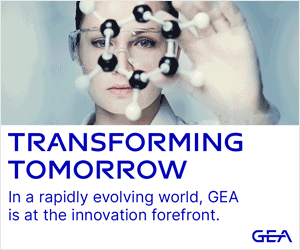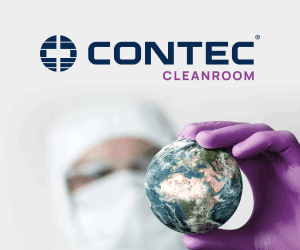The study, Unlocking R&D Productivity: Measuring the Return from Pharmaceutical Innovation 2018, published by Deloitte, reveals that returns are down 1.8 percentage points from 3.7% in 2017, and forecast average peak sales are at $408 million (£302 million), making 2018 the lowest level since Deloitte’s first R&D report in 2010.
In the rapidly changing biopharma landscape, R&D returns have dropped by 8.2 percentage points from 10.1% in 2010.
The increase in average cost of development of biopharmaceutical drugs is a driver of this declining return. Average costs of development before regulatory approval for commercialisation have increased in 6 out of the last 8 years, with the average cost now at $2180 million (£1616 million), almost double the cost back in 2010 of $1188 million (£880 million).
The study also confirms that a systemic approach to productivity improvement, driven by innovative streamlining approaches, is needed to lessen development costs and timeline, ultimately increasing R&D returns.
Companies need to act now and embrace new ways of working, embed new technologies, such as Artificial Intelligence (AI) and Robotic Process Automation (RPA), and seek out talent with the right skill sets to optimise their return on investment in pharmaceutical innovation.
Bonnie Bain, PhD, Global Head of Pharma at GlobalData, commented: “The good news is that advances in these technologies are already starting to have an impact in R&D. Companies will increasingly use AI, in particular machine learning algorithms, to reduce R&D cycle time, costs and ultimately build a strong and sustainable drug pipeline."
"We will also continue to see use of AI extend beyond drug discovery and lead optimisation to playing an important role in clinical trials – not only for analysing the large amounts of data being generated from clinical studies but also for trial recruitment and management.”
In addition to the 12 original cohort companies, since 2015 four smaller and more specialised biopharma companies have been included as an extension cohort of the R&D study.
Consistent with the original cohort, these companies also saw returns decline to 9.3% in 2018, from 12.5% in 2017. However, this drop was mainly driven by the increased costs of commercialisation of five high value drugs from the four companies.
In line with observations from previous years, these smaller firms continue to outperform their peers, finding success in identifying high value products with significant unmet medical needs.
These products have added $70 billion (£52 billion) of projected lifetime sales to the commercial portfolio across the four companies. The extension cohort has also increased the forecast peak sales per asset from $952 million in 2013 to $1165 million in 2018.
Cynthia Brisac, PhD, Senior Strategy Consultant at GlobalData, commented: “In the past decades, we’ve witnessed a consistent and rapid decline in R&D return in part driven by a shift towards the development of more elaborated biological solutions, for increasingly complex diseases, including ones previously considered as intractable, and in progressively more complicated landscapes."
"With time, increased built expertise in carefully prioritised therapeutic areas, complemented with machine learning, may be key to offset some of the risks and costs of bringing new therapies to market.”




